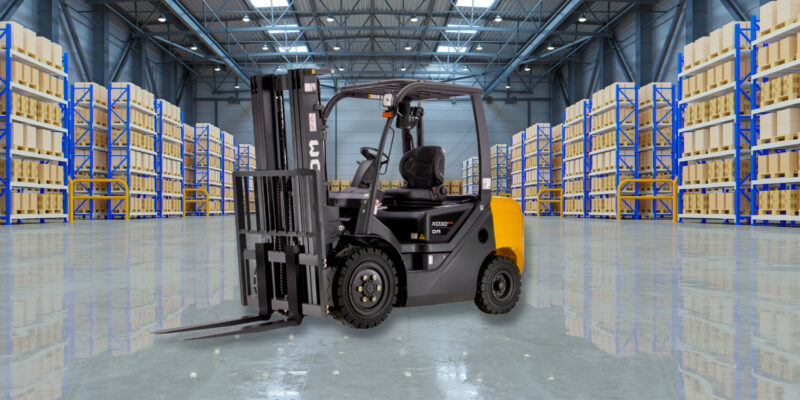Over the years, the Indian warehousing business has attracted the attention of both global and domestic institutional investors. It has recently been on a rapid growth trajectory. Since the outbreak of COVID-19, e-commerce platforms’ use of warehouse facilities has increased rapidly as demand for goods has been at an all-time high, bolstering both the e-commerce sector and warehousing capacity requirements. Because of the pandemic, the organized food delivery industry has expanded, increasing the need for cold chain warehousing space. As a result, the warehousing business has emerged as a resilient asset class, with the real estate sector continuing to exhibit an uptick. A significant amount of capital is invested in the warehouse’s technology infrastructure to ensure automation and efficient operations.
Warehouse construction expenses are significantly lower than earlier. As a result, the asset is a more inexpensive option in the commercial real estate market. Due to their low cost, warehouses have a high occupancy rate. In comparison to commercial office leases, which have a lock-in length of three to five years, warehouse tenants often stay nine to fifteen years. As a result, a warehouse investment is more dependable and stable.
The expansion of third-party logistics is the second-largest driver of the increase in warehouse demand. The 3PL (third-party logistics) sector acquired the most warehouse space in 2021, followed by e-commerce. The agriculture and manufacturing sectors would continue to expand 3PL warehousing demand as a result of increased FDI and loosened policy reforms. Other significant pushing reasons for 3PL warehousing will include emergent businesses such as e-commerce with last-mile deliveries of 30 minutes and 10 minutes, telecommunications, healthcare, and IT.
Following the introduction of the Production Linked Incentive (PLI) scheme by the government, various sectors, including food processing, mobile devices, pharmaceuticals, and automobile components, invested heavily in building up manufacturing operations in India. The country’s ‘Make in India,’ ‘Atmanirbhar Bharat,’ and ‘Vocal for Local’ campaigns have also resulted in a good response and increased demand. Furthermore, the government’s Bharatmala Project aims to build 35 multimodal logistics parks around the country, including four proposed in Maharashtra under the Public-Private Partnership. This combination of logistics operations is projected to strengthen the country’s logistics and storage operations.
The India Forklift Market is thriving because the market is quickly increasing, owing mostly to rising demand for forklifts that can withstand poor weather conditions. Furthermore, the growing infrastructure sector is driving market growth. Many government entities are working to improve existing infrastructure in order to support overall economic development. The growing e-commerce sector, as well as changes in warehouse operations in recent years, may both be credited to the expansion. As the country’s development projects expand, so does the demand for forklifts that can operate in difficult terrain and move massive construction supplies over long distances. Numerous regions around the country have begun infrastructure-building activities. Demand for forklift trucks is increasing as a result of increased real estate investment. Furthermore, increased government investments and developing infrastructure internationally are expected to fuel demand for forklift trucks during the forecast period. For example, in August 2021, the Indian prime minister revealed the country’s plans to invest $1.35 trillion in infrastructure development from 2021 to 2025 in order to strengthen the economy. Furthermore, forklift trucks are utilized to handle heavy or bulky materials, increasing productivity and lowering operational costs on sites.
Increased investment in infrastructure development in the country and the added support of material handling equipment such as forklifts and warehouse equipment will play a major role in boosting the Indian warehousing market in the coming years.


